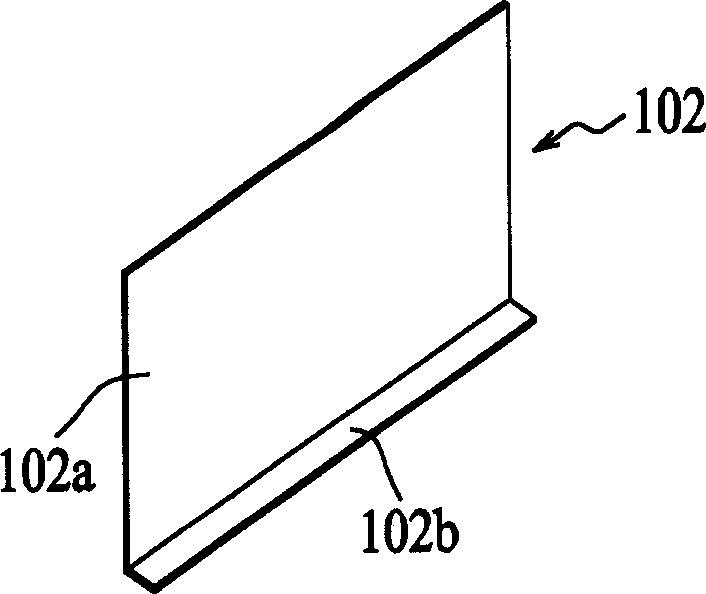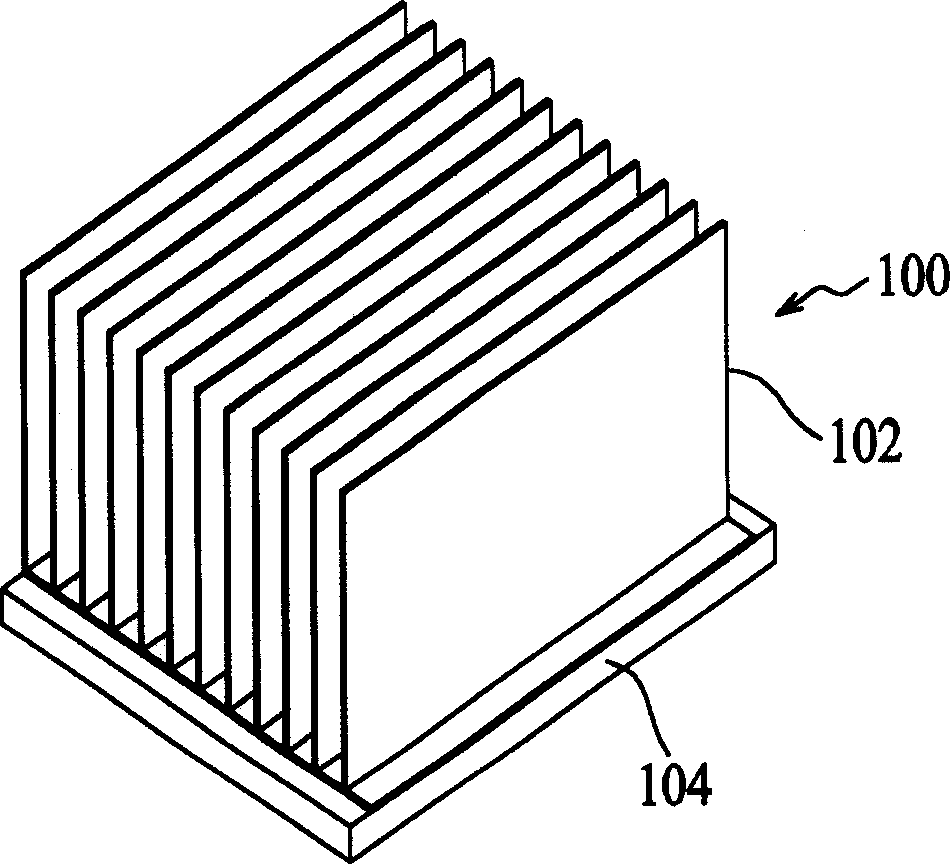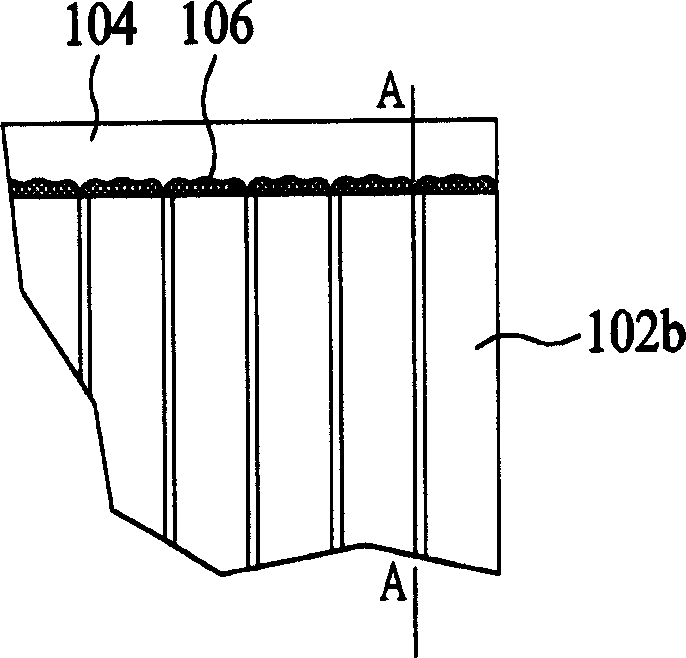Radiating fin and fin assembly
A technology for heat dissipation fins and components, applied in electrical components, electrical solid devices, semiconductor devices, etc., can solve the problems of increased contact thermal resistance between heat dissipation fins and substrates, difficulty in controlling the stability of welding media, and affecting welding quality. The effect of maintaining stability, reducing contact thermal resistance, and improving soldering quality
- Summary
- Abstract
- Description
- Claims
- Application Information
AI Technical Summary
Problems solved by technology
Method used
Image
Examples
Embodiment Construction
[0018] FIG. 2A is a perspective view showing the structure of the heat dissipation fin 12 according to an embodiment of the present invention.
[0019] As shown in FIG. 2A , the heat dissipation fins 12 are formed by bending a sheet of heat-conducting material into an L-shaped cross-section, and include a large-area heat dissipation portion 12 a and an elongated welding portion 12 b. The sheet-shaped heat-conducting material can be bent to form the welding portion 12b by means of sheet metal processing, and the heat-conducting material can be a high-heat-conducting material composed of aluminum, copper, aluminum alloy, copper alloy, or a mixture thereof.
[0020] According to the design of the present invention, the welding portion 12b has a plurality of notches 14 formed by the edge of the sheet-shaped heat-conducting material inwardly toward the bend. The shape of the notches 14 can be in any form, and the number is not limited, so that The welding portion 12b has a serrated...
PUM
 Login to View More
Login to View More Abstract
Description
Claims
Application Information
 Login to View More
Login to View More - R&D Engineer
- R&D Manager
- IP Professional
- Industry Leading Data Capabilities
- Powerful AI technology
- Patent DNA Extraction
Browse by: Latest US Patents, China's latest patents, Technical Efficacy Thesaurus, Application Domain, Technology Topic, Popular Technical Reports.
© 2024 PatSnap. All rights reserved.Legal|Privacy policy|Modern Slavery Act Transparency Statement|Sitemap|About US| Contact US: help@patsnap.com










